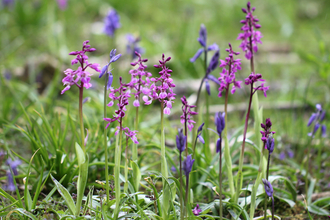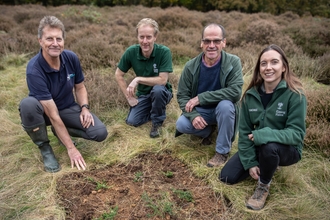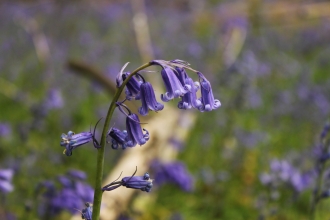In the fields, hedgerows, and coastal paths of Essex, wildflowers bloom in abundance — quietly enchanting the countryside with a vibrant palette of colour and an undercurrent of mystery. But beyond their beauty, many of these flowers are steeped in centuries of folklore, tales passed down through generations that offer a glimpse into how people once lived in harmony with the land.
Take the cowslip, for instance. This cheerful yellow flower carpets the Essex meadows in spring, nodding its bell-shaped blooms in the breeze. Once called "Fairy Cups," cowslips were believed to mark the hidden entrances to fairy realms. In fact, it was said that if you picked a cowslip, you risked being spirited away! In some villages, children would gather them for May Day celebrations, weaving them into garlands to honour the coming of summer.
Another common sight in Essex is the red poppy, glowing like embers among the cornfields. While today it's a solemn symbol of remembrance, older folklore painted a more mystical picture. Poppies were associated with sleep and dreams, thanks to their opium-rich sap. They were once tucked into pillows or hung above cradles to soothe restless sleepers. In some traditions, a blooming poppy in your garden foretold a visit from a long-lost friend.
Perhaps the most haunting is the tale of deadly nightshade, also known as belladonna, which grows in some of the shadier corners of rural Essex. This toxic plant was once thought to be used by witches in their potions and spells. Local lore warned children never to touch it, as its dark berries could both entrance and endanger. Yet paradoxically, belladonna was also used in tiny doses as a beauty product in Elizabethan times—women would drop its juice into their eyes to make them look large and luminous.
Foxgloves, with their tall spires of purple, pink, and white, are a favourite along Essex’s woodland edges. Known also as “Fairy Gloves,” these flowers were believed to be worn by fairies to protect themselves from being seen by humans. Farmers believed that planting foxgloves near their homes could keep evil spirits at bay, and healers once used their extracts for heart conditions—a practice that later led to the development of digitalis in modern medicine.
Even humble dandelions, so often dismissed as weeds, have their legends. In Essex, as elsewhere, children would blow on the fluffy seed heads to tell the time, each puff representing an hour. Others believed that sending your wishes with dandelion seeds would carry them straight to loved ones far away.
These stories may seem quaint today, but they reveal a deep relationship between people and place—a time when wildflowers weren’t just admired, but understood, respected, and woven into daily life. Next time you walk through the Essex countryside, take a closer look at the flowers beneath your feet. They might be telling stories older than the hedgerows themselves.
- Andrew Millham, Essex Wildlife Trust Ambassador









